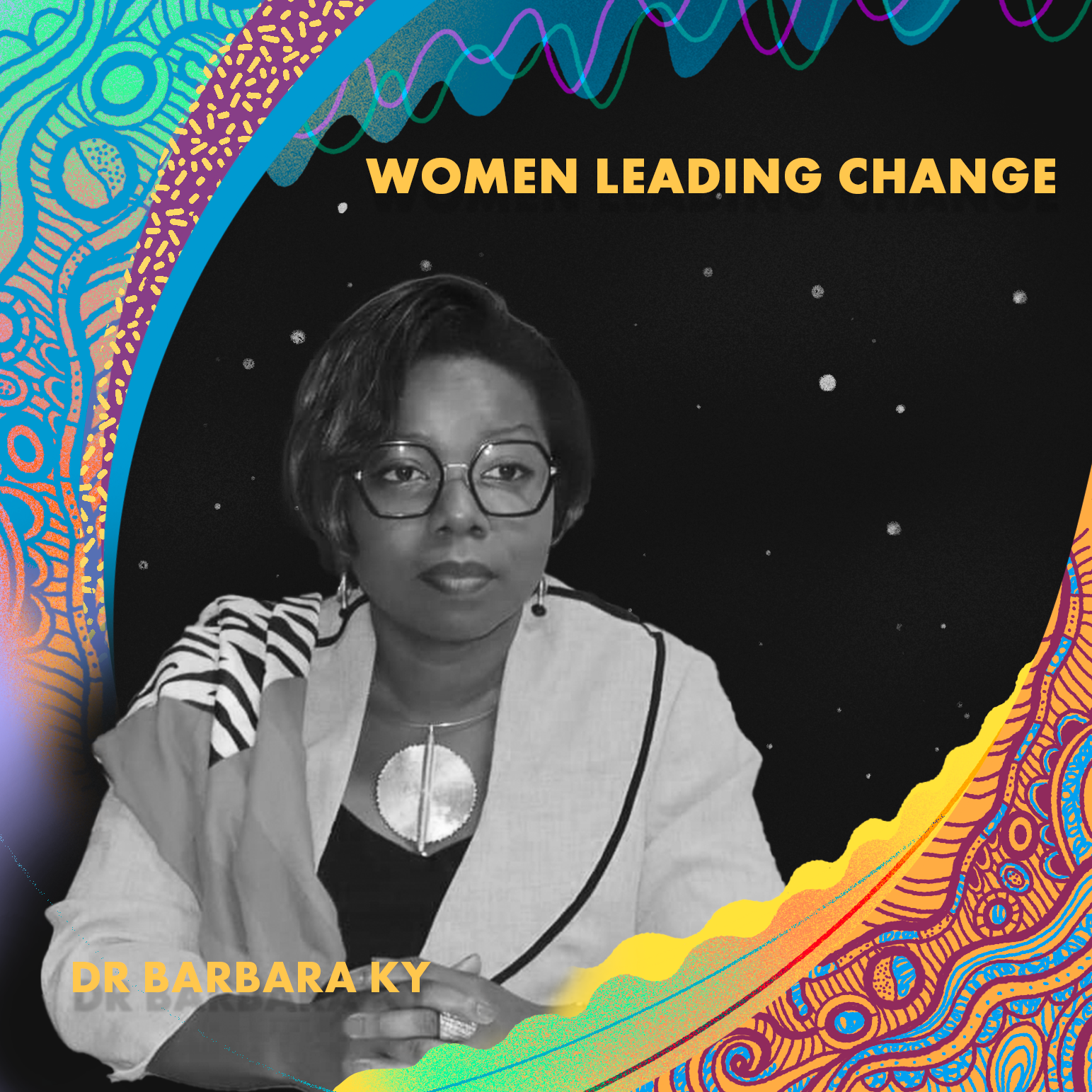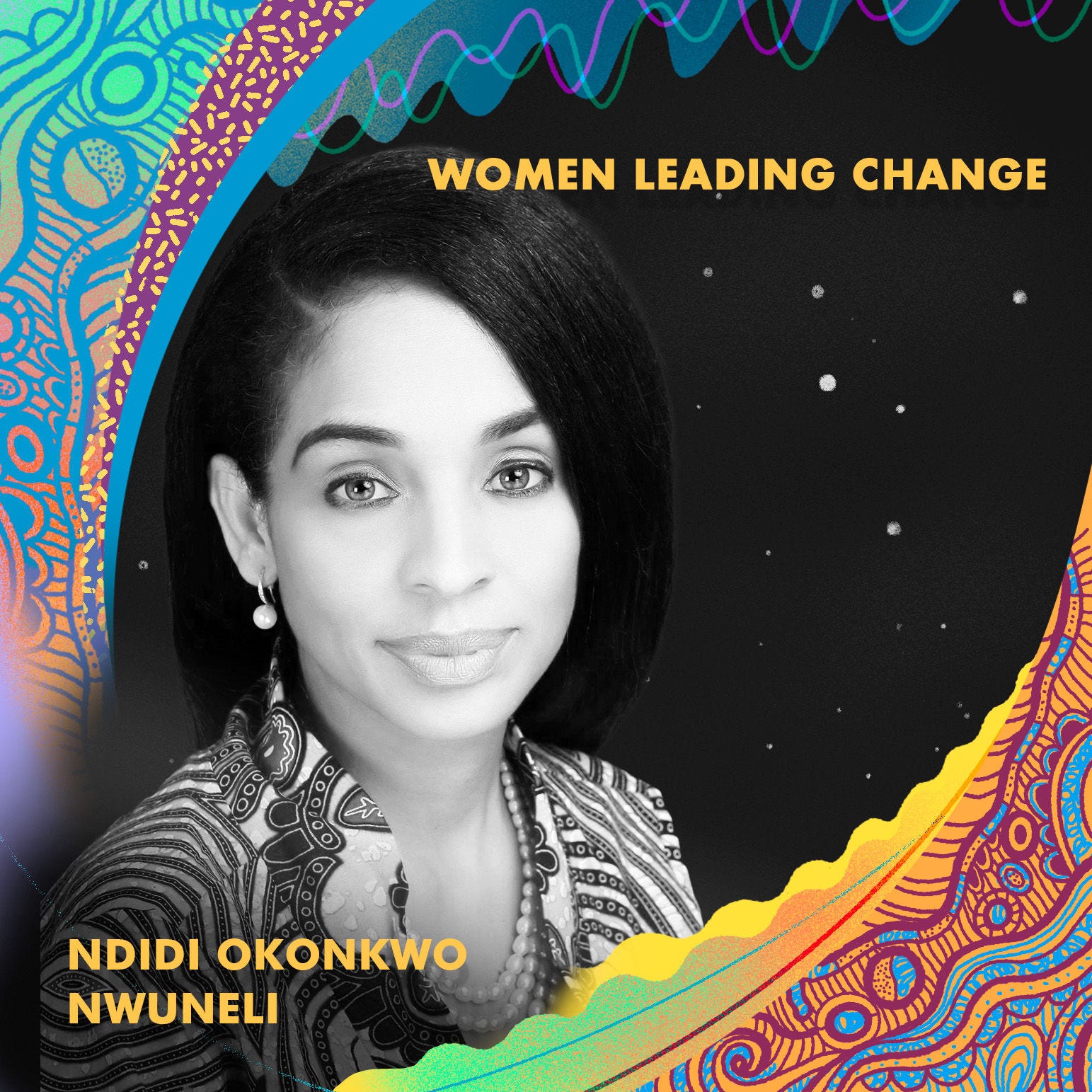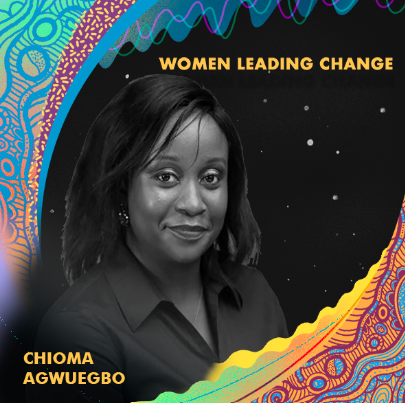Our findings and initiatives help shape an international system that protects and advances girls’ and women’s rights and gender equality. And they support cooperation and mechanisms to promote gender mainstreaming and budgeting, pay transparency initiatives, and systems to address gender-based violence. Our work extends the perspective on gender equality to include foreign direct investment, nuclear energy and transport.
Gender and development
Gender equality is not only a human right – it is a powerful lever for strong, green and inclusive economic development. Economies are more resilient and productive when they reduce gender inequalities, strengthen women’s rights, and support their equal participation in all spheres of life. The OECD's work on gender and development informs policy making in countries all over the world and action by OECD providers of development co-operation, measures progress toward equality, and advocates for greater impact.

Key messages
Discriminatory social institutions are the laws and social norms that govern social behaviour and establish what women and men are expected to do. They are often invisible and create inequalities like the gender pay gap, or women’s lack of representation in politics. The Social Institutions and Gender Index (SIGI) looks at the gaps that legislation, attitudes, and practices create between women and men in terms of rights and opportunities. It is the official source for monitoring SDG indicator 5.1.1. – “whether or not legal frameworks are in place to promote, enforce and monitor equality and non-discrimination on the basis of sex”– together with UN Women and the World Bank, and an essential input for policy makers aiming to roll back gender discrimination worldwide.
The OECD helps providers of development co-operation improve the design and implementation of their programmes that promote gender equality in partner countries, and integrate this approach in all other sectors, such as health, energy, climate adaptation, governance, etc. To successfully address unequal power relations, as well as harmful structures and norms, these providers need detailed, reliable data and evidence, comprehensive strategies, and to work in close collaboration with local feminist movements and women’s rights organisations.
Gender-based violence, including the perpetration of sexual exploitation, abuse and harassment (SEAH), is a violation of human rights, and destabilises social and economic systems across the world. In development and humanitarian contexts, donors are increasing their efforts to prevent SEAH and ensure safe environments. This requires that they look inward at their own institutions, address harmful gender norms and discriminatory practices, and ensure gender balance in positions of power. The OECD supports them and their partners on technical and political levels, promoting the implementation of the Development Assistance Committee’s (DAC) Recommendation to strengthen prevention and response, manage risk, and support and protect survivors and victims.
The concept of masculinity refers to shared ideas about what men do and who men are, as well as what they should do and be. The OECD tracks, measures and analyses norms of "restrictive" masculinities that hinder women’s empowerment and gender equality –for instance by asserting that men should be financially dominant at work and at home–, and advises on how to turn them into more equitable ones. It documents examples of programmes successfully involving men and boys in the transformation of social norms, and the policies that can best support these efforts.
Official development assistance (ODA) from DAC members is an important source of financing for policy makers and activists in partner countries seeking to promote gender equality and the empowerment of women and girls. Applying a gender equality “policy marker” to the ODA data which DAC members report annually in its Creditor Reporting System, the OECD tracks and analyses those financial flows to inform decision making and programmes across a range of sectors. Since other development partners –including foundations, multilateral organisations and development finance institutions– also apply the marker, the OECD can publish comparable data across development actors and flows.
Context
Gaps in the legislative framework weaken women’s rights in the workplace
Southeast Asian countries exhibit extremely large differences between maternity and paternity leave. All of them mandate paid maternity leave and seven out of 11 comply with the minimum maternity leave period of 14 weeks recommended by the International Labor Organization (ILO). However, just five of them mandate the full payment of benefits for all 14 weeks. Yet, evidence from Viet Nam underscores that the extension of the duration of maternity leave in 2012 did not increase the gender employment gap, but helped narrow the gender gap in the formal sector for women of reproductive age. Moreover, four countries do not mandate any paid paternity or parental leave available to fathers. In countries that do, the legislation establishes leave periods for fathers that are significantly shorter than for mothers, ranging from less than seven days to two weeks in the best case.
Donor emphasis on gender equality faltered in 2021-22
In 2021-22, gender equality was a policy objective in 43% of the programmes funded by the bilateral allocable ODA provided by DAC members: those programmes amounted to USD 64.1 billion out of the USD 147.9 billion screened against the OECD gender marker. That is an increase from the USD 60 billion allocated in 2019-20, but a decrease from the 45% share over that period. This relative drop –the first after a decade of regular growth– raises concern about the policy intentions of donors. Out of those 43% of total bilateral aid programmes aiming to promote gender equality, the latter was the principal objective for only 4%, and one significant policy objective, amongst others, for the remaining 39%.
Is gender inequality an environmental issue?
Women and girls are disproportionately affected by climate change, environmental degradation and biodiversity loss. On the positive side, they are also agents of change in their communities, contributing unique knowledge and skills, and as decision-makers and leaders in climate action. Empowering them can therefore help reduce their disproportionate exposure but also drive positive change. A growing body of evidence thus calls for providers of development co-operation to address gender and environmental issues together, as cross-cutting issues. Yet, although official development assistance for climate action increasingly integrates gender equality objectives, finance for the full intersection is still a minor part of the total.
Latest insights
Related publications
-
 26 June 2024
26 June 2024
Programmes of work
-
Despite significant progress, gender inequalities persist in all areas of social and economic life. The discrimination embedded in social institutions – laws, social norms and practices – is a key driver of this inequality, perpetuating gender gaps in education, employment and health, and hindering progress towards rights-based social transformation. The OECD’s Social Institutions and Gender Index (SIGI) measures such gender discrimination across 179 countries.Learn more










